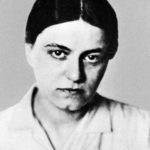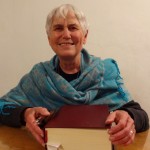
There was a man in Israel whose name was Bar Kochba
There are those who claim, with legitimate grounds, that the origin of the mourning practices associated with the Omer can be traced back to the Crusades, a period of riots and persecution.
The Torah commands us to count fifty days between Passover and Shavuot, but there is no mention in the Torah of the mourning practices widely observed today (prohibitions on haircutting, buying and wearing new clothes, and marrying), nor is there any special role accorded to the thirty-third day of the Omer. Even in ancient times this period was regarded as significant because “the world is in distress from Passover to Shavuot on account of the grain and the trees”; but following the destruction of the Temple, the loss of the Jewish homeland and its holy center of worship became additional sources of sadness.
Only after the Bar Kochba revolt did these days become national days of mourning for the heroes who had died in the war against Rome. The Talmud (Yevamot 62b) tells of a plague that afflicted Rabbi Akiva’s students and ended on the thirty-third day. Some hold that Rabbi Akiva’s students were active in the Bar Kochba revolt (132-135 CE), a response to the Roman empire’s oppression of the Jewish people and curtailment of their religious practice. The primary expression of mourning was the prohibition on marriage during this period.
Tradition holds that there was a turning point during the revolt in which the Jews began to gain the upper hand. Coins discovered at archaeological sites bearing the inscription “Shimon” on one side and “for the liberation of Jerusalem” on the other hand attest that Bar Kochba succeeded, for a while, in conquering Jerusalem. This interim victory is said to have taken place on the thirty-third day of the Omer.
And so the mourning practices came to an end on a day that became a festival of sorts, in which, somewhat surprisingly, the Jewish youth of Europe took to going out into the fields and forests to celebrate and to play military games with bows and arrows in memory of the victory of Bar Kochba and as a sign of Jewish heroism.
source: www.jpost.com







